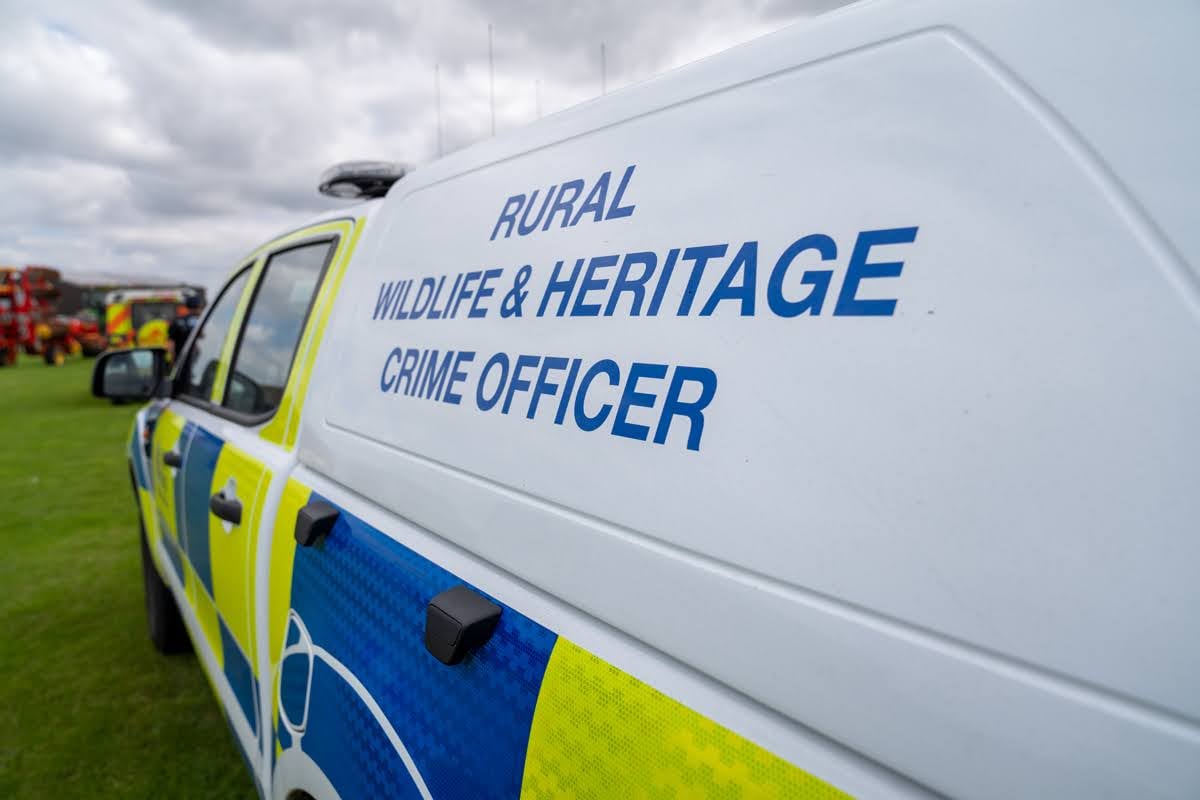
Photo: Essex Police
Stone theft from heritage sites on the rise
Calls for co-ordinated response to heritage crimes from police forces across England as study highlights impact of opportunistic offenders and organised crime groups on the sector.
New research by Historic England and the National Police Chiefs’ Council has found that historic stone theft is on the rise in England, with no sign that it is likely to abate.
The Heritage and Cultural Property Crime research found that walls and paving slabs in Yorkshire and Cheshire were particularly vulnerable, along with granite cattle troughs and fountains from Kent and London.
York stone, which is a popular material for construction, building and landscaping, is often targeted by thieves due to its durability and the variety of colours.
READ MORE:
The theft of historic stone rose by 9% in 2022, with crimes often carried out by organised gangs using stolen vehicles and tools.
Offenders have been known to pass themselves off as legitimate workers, carrying out the thefts while wearing high-vis jackets.
The report, which covers the period February 2020 to February 2023, also states that due to the continued high demand for York stone its theft from historic sites is likely to continue.
In order to combat the impact on heritage sites, the Alliance to Reduce Crime Against Heritage (ARCH) partnership – of which Historic England and the National Police Chiefs’ Council are members – is calling for enhanced intelligence-gathering and scrutiny of the ‘architectural salvage’ trade.
Lockdown and lead theft
Other findings of the research include that during the Covid lockdown period, the theft of metal roofing – in particular lead – from historic churches increased by 41%.
The researchers believe these thefts were committed by both "opportunistic offenders and organised crime groups".
This trend, however, is now in reverse, with the theft of lead from churches decreasing by 26.2% between January and November 2023, compared with the same period in 2022.
This may be in part the result of improved security measures, the introduction of Heritage Watch schemes, and the prosecution of two organised crime groups that targeted lead from historic church buildings from Dorset to Yorkshire.
Of the 943 places of worship listed on Historic England’s Heritage at Risk Register in 2023, 53 have were victim to heritage crime, from arson to theft of metal and other external materials.
Organised gangs were found to have stolen in excess of £3.2m of cultural property from galleries, museums and stately homes in 2021-2022.
Accurate recording
ARCH is calling for better crime recording in relation to heritage crimes, including the development of a heritage crime 'marker' on police call handling and crime management systems.
At present there is no shared methodology for recording such crimes across police forces.
Its introduction would "lead to a more accurate understanding of the scale and extent of crime and anti-social behaviour in the historic environment, leading to more effective crime prevention and enforcement activity".
Duncan Wilson, Chief Executive of Historic England, said: “More effective crime recording across all police forces in the UK including a heritage marker to highlight protected sites and cultural property crime would help us to understand trends better and to tackle serious organised crime and anti-social behaviour.”
Assistant Chief Constable Rachel Nolan, National Police Chiefs’ Council Lead for Heritage Crime, said. “We welcome any research into this area of criminality which helps us to better understand the issue, and therefore tailor our response to pursue offenders and deter any future opportunists.
"We are committed to tackling this issue and our heritage crime officers across the country will continue to work with Historic England and other partners, to reduce offending and educate the wider public about the long-lasting damage heritage crime can have.”
Join the Discussion
You must be logged in to post a comment.